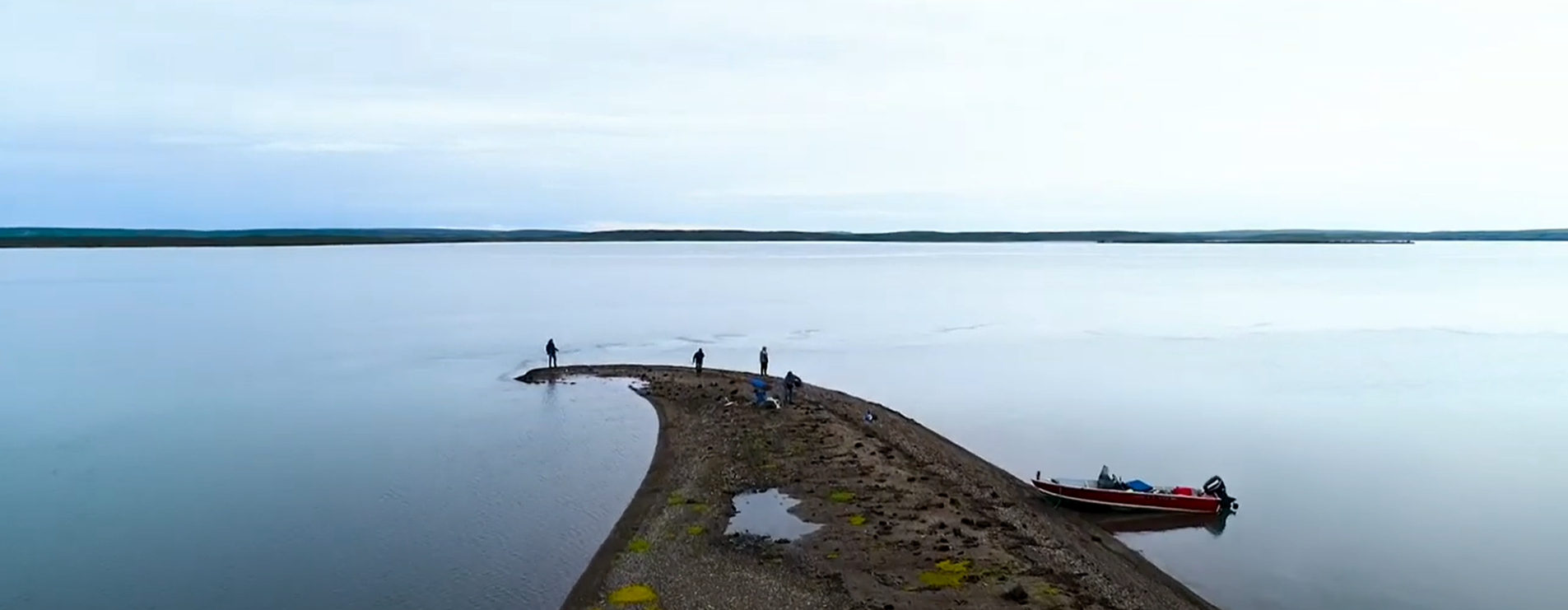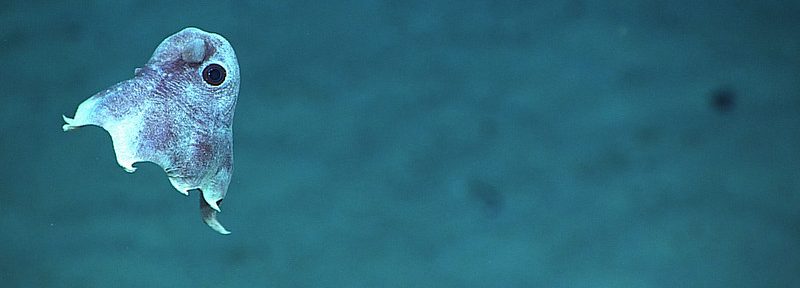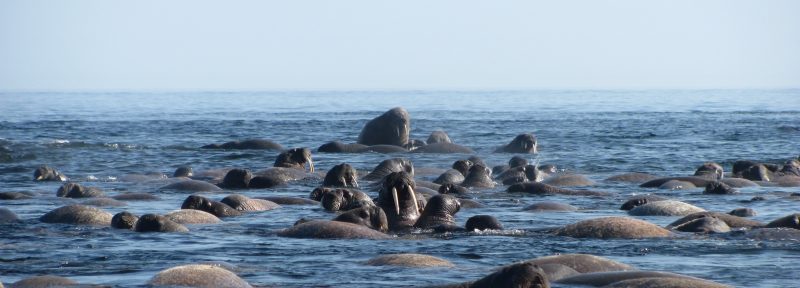In Celebration of National Indigenous Peoples Day
Imaryuk (Husky Lakes) is an important cultural site and fishing area for Inuvialuit in the western Arctic.
Credit: Oceans North
Today is National Indigenous Peoples Day, a celebration and recognition of the rich cultures and important contributions of Inuit, First Nations and Métis peoples across Canada. Oceans North is committed to Indigenous-led marine conservation and works in partnership with communities across the Arctic and Atlantic regions to protect our oceans.
Today, we are highlighting three places where Indigenous peoples are leading the way in the conservation and management of their traditional territories.
Nunatsiavut
Nunatsiavut is a self-governing region of Labrador established by the Labrador Inuit Land Claims Agreement. Nunatsiavut is made up of five communities: Nain, Rigolet, Postville, Makkovik, and Hopedale.
The mix of Arctic and Atlantic ecosystems off the coast of this region creates a productive habitat for polar bears, ring seals, Atlantic salmon, northern cod, eider and back ducks, and geese. Labrador Inuit have long inhabited this area, relying on both the land and sea for subsistence.
Learn more about how Labrador Inuit are working to protect their homeland and maintain their culture by watching this video called “Legends of the Land.”
Imaryuk
Imaryuk (Husky Lakes) is located in the Inuvialuit Settlement Region of the western Arctic. The interconnected saltwater basins of Imaryuk are home to vast populations of marine and terrestrial wildlife. Inuvialuit have been stewards of this culturally important area for centuries.
Imaryuk means “big water” in the local language, covering nearly 2000 square kilometres from the east channel of the Mackenzie River to Liverpool Bay. The five basins, connected by finger-like channels, have varied salinity conditions due to a mix of freshwater runoff and saltwater intrusions from the Beaufort Sea.
Imaryuk is an important cultural site and fishing ground for Inuvialuit, who use the area year-round. Recognizing its importance, local communities helped create the Imaryuk Monitoring Program, a community-based initiative that aims to ensure these lakes remain healthy for the benefit of future generations.
Learn more about the Imaryuk Monitoring Program by watching this video.
Tallurutiup Imanga
Located at the eastern entrance to the Northwest Passage, Tallurutiup Imanga, also known as Lancaster Sound, is a region of spectacular fjords, jagged mountains and tidewater glaciers. It is home to Inuit who have long relied on its rich biological productivity.
Each spring and autumn, large numbers of narwhal and bowhead whales migrate through Tallurutiup Imanga. The return of the whales sustains the traditional harvest season for the five communities surrounding Lancaster Sound: Pond Inlet, Grise Fjord, Clyde River, Resolute Bay and Arctic Bay. Hunting whales, seals and other marine mammals is an important part of Inuit culture and a source of “country food” that provides crucial nutrition.
Inuit worked to protect this significant marine ecosystem for decades. In August 2019, the federal government and the Qikiqtani Inuit Association signed an Inuit Impact and Benefit Agreement, clearing the last major hurdle towards the establishment of a National Marine Conservation Area in Tallurutiup Imanga.
Learn more about Tallurutiup Imanga and the connection Inuit have to these waters by watching this video.
Alex Tesar is Oceans North’s communications specialist.





